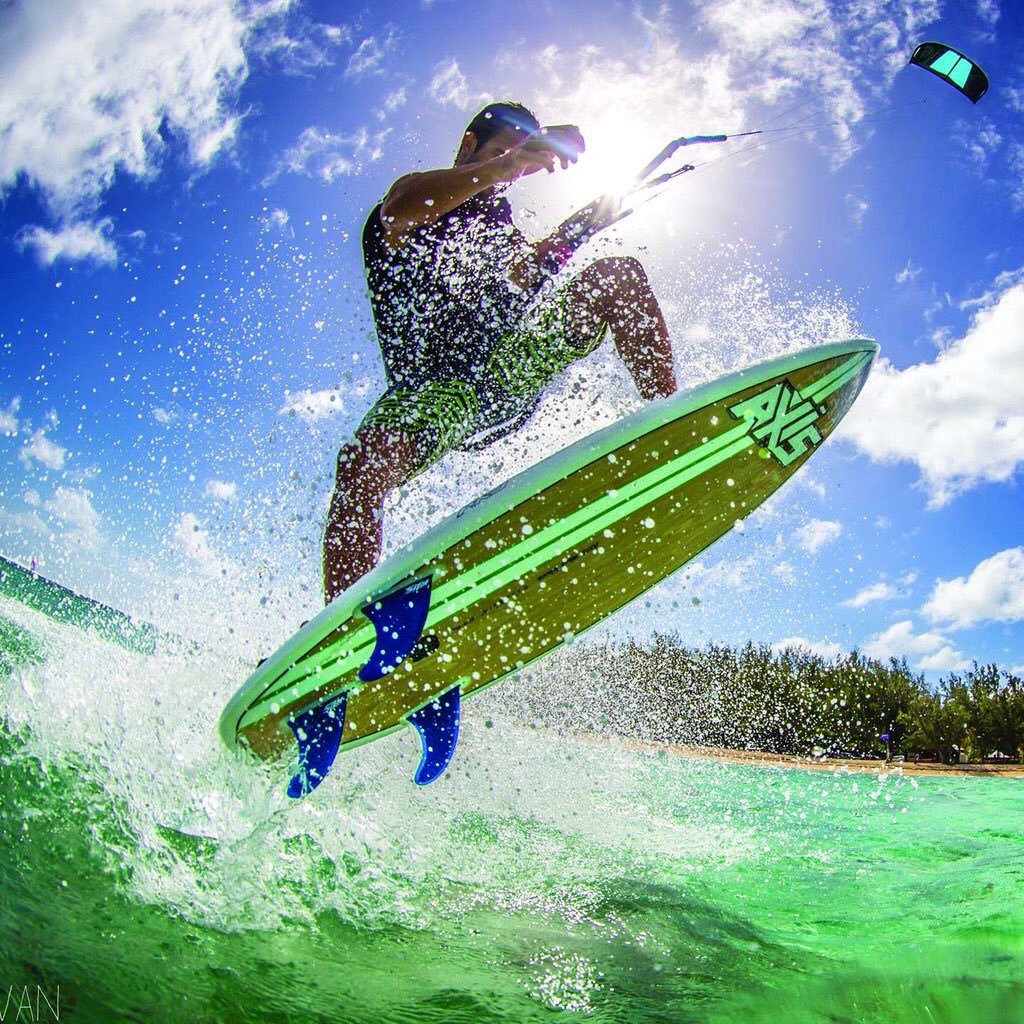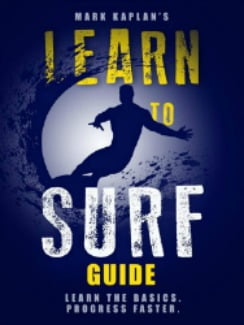Surfing the Short Board
Surfing the short board is a goal for many people who have not yet learned to surf. They see surfers in the movies and they want to do the same. When they take their first lesson, they get an idea of the challenge they are going to face.
The short board itself poses challenges after learning to surf on a soft top fun board. As the volume in a surf board is decreased in length, width, and thickness everything becomes more difficult. The paddling is more tiring, catching waves needs a new technique and riding the board is less stable.

Short Board Techniques
One of the great advantages of the short board is surfers can duck dive under big foam waves. This eliminates the beatings surfers experience trying to paddle high volume boards to the outside. See instructions on YouTube.
Catching waves on short boards is a big advance over riding foam waves. The surfer waits for the wave to roll under the board and then paddles hard three times to get the nose pointed down. Then the surfer can pop up and ride the face or turn the board towards the pocket before popping up.
The first maneuver the short board surfer needs is the bottom turn. The bottom turn gets the board into the pocket after riding down the face. The surfer rotates the upper body towards the direction of turn and places a little pressure on the toes or heels depending on which is on the side of the carve.
The bottom turn can be used to escape a falling lip to ride up the face and over to the back. Therefore the bottom turn is used to ride up the face when the surfer is going to “rip the lip.” In ripping the lip, when the surfer is at the top of the wave face, he reverses direction with a cut back to get back down the face and spray a tail.
The cut back is performed by rotating the upper torso in the opposite direction of travel and applying pressure to the toes or heels. It can be used while riding in the pocket to return to the falling lip where the power of the wave is greatest. It is also a maneuver to stall while waiting for a barrel or for style.
More Advanced Techniques
Surfers can be seen attempting aerials, reverses, 360’s and more. Each begins with a bottom turn up the face. To get the speed a surfer needs to perform a trick they first accelerate the board.
Accelerating the board is performed by running the nose of the board up the face with the front foot. Then the surfer relaxes the pressure and the board slides down the wave. Two or three of these executions has the board running fast enough to carve into a trick.
To advance, surfers have to be in good paddling shape which comes mainly from getting in the water often. It also takes frequent visits to maintain the timing for catching waves. Advanced surfing therefore requires frequent visits to surf.
Learn More
My New Surfing Course in an E-Book plus Demo Video or Audio Version
Get the 18 Chapter, 7,500 word Course that can prepare you for a lesson or give you the fundamentals if you are going to try it on your own. 10 years of teaching 350 students a year has given me the insights on the most precise measures you must follow for success. This course is what I teach on the dry land and in water instruction. The Course includes a 15 minute video on my dry land and in water demonstration. Only $4.95
Buy the E-Book and start learning $2.99. Learn to Surf
Buy the Paperback on Amazon $7.95
Get Learn to Surf Course in 29 minute AUDIO. Great prep for a lesson, reviewing after a lesson, learning on your own, refreshing after not having surfed for a while. See Table of Contents. Only $7.95.

For Oceanside Surf Lessons, see the Home Page
See the Post Search Lessons Teach Fundamentals
See the Post Catching Real Surf Waves
See my Dry Land and in Water Demo video
See my other Surf site for more Posts
I have lowered the price of Courses and Books for the lock down price of $2.99
80 page Learn to Surf Book
![Surf Instructions Beginner to Advanced: Learn to Ride Waves by [Kaplan, Mark]](https://images-na.ssl-images-amazon.com/images/I/51HswFtoBQL.jpg)